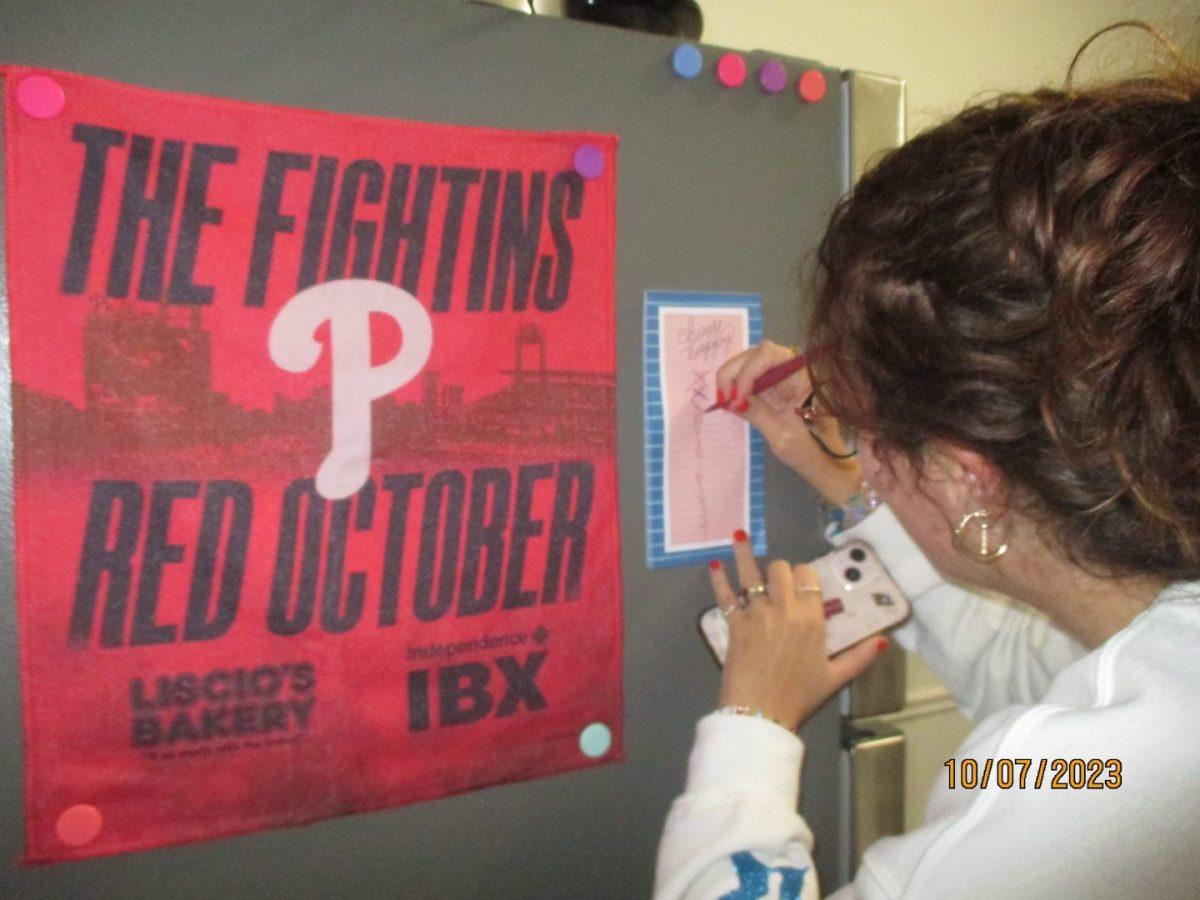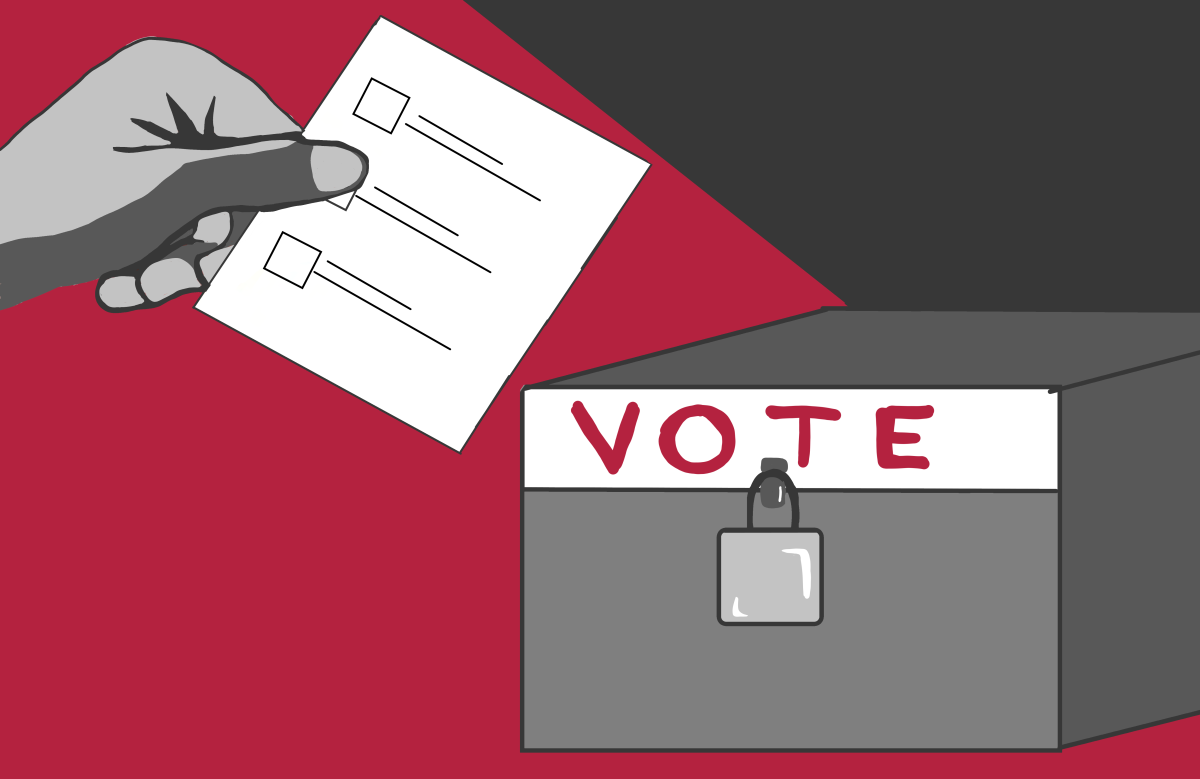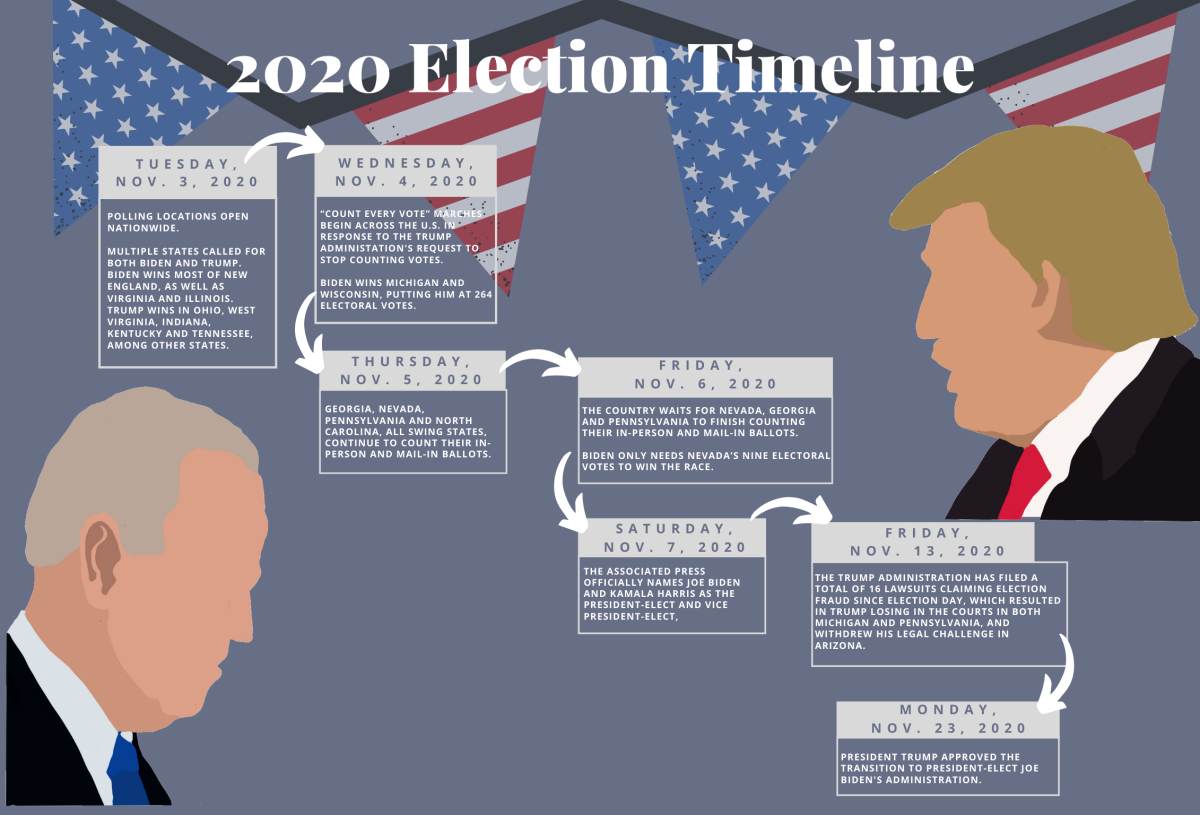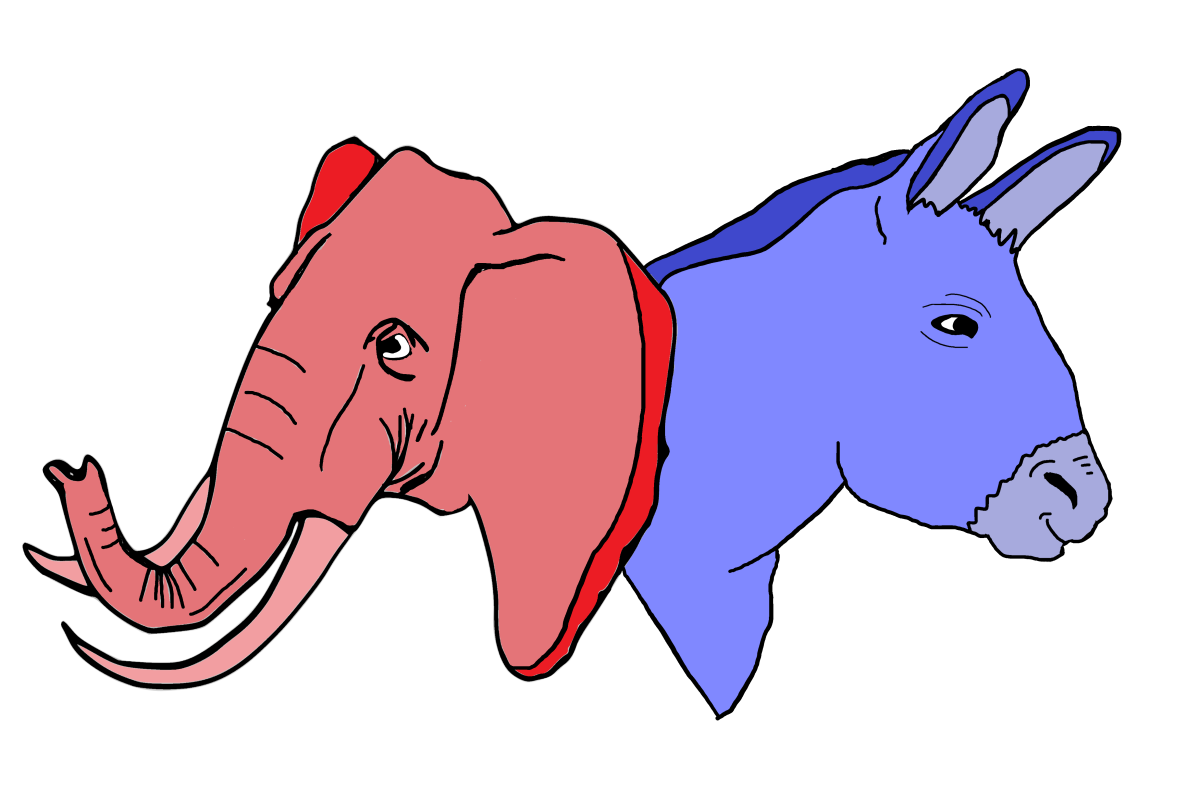As the presidential debate between U.S. President Donald Trump and Democratic presidential nominee Joe Biden wrapped up, many Americans went to bed feeling disgruntled and disheartened.
The absolute shamble of a “debate” on Sept. 29 only confirmed what Americans already knew; it is yet another election year in which far too many Americans are voting for the candidate they see as the “lesser of two evils.” This phrase has been used constantly these past two election cycles, and it is not the fault of the American people, it is the fault of our ineffective and limited way of voting.
When we tune in every four years to decide who we believe should be the next U.S. president the American people are technically given more than two choices for president. However, due to our two party dominant system, we end up choosing between a Democrat and a Republican. With a field so narrow, most of the voting populace already knows who they are voting for just based on party lines.
I think the American people would agree with me when I say we should be given more than two candidates to choose from. We should be able to vote for the candidate we are passionate about, not the one we don’t hate as much, and we should see a debate with a multitude of diverse candidates with a variety of ideas.
A way to fix the issue of partisan voting and a way to legitimize third-party voting is through a system called “ranked-choice voting.” Ranked-choice voting is a system where voters don’t just vote for one candidate. Instead, voters rank all the candidates from their first preferred choice to their least preferred choice.
As the ballots are collected, all of the first place votes are tallied. If, after the first round of voting, a candidate has received more than 50% of the vote, they are declared the winner. If no candidate received more than 50% of the vote, the candidate who has the least amount of first-preference votes is removed from the ballot. Now, the votes that were counted for the eliminated candidate are given to the candidate listed as second-preference on those ballots. This process continues until one of the candidates receives a majority of the votes.
This system would allow voters to vote for the candidate they feel most confident in without feeling like they have wasted their vote. This gives greater chances to third parties, such as the Green Party of the U.S. and the Libertarian Party, and gives voters a better variety.
Voters would be able to truly express their voice and feel they are being heard at the ballot box no matter who they vote for. This type of election system would help close the partisan divide that is poisoning politics in the U.S. It would allow for more voices to be heard and would be a real wake-up call to the two major parties in this country. The days of people reluctantly casting their vote for a candidate they don’t fully support would be gone.
Ranked-choice voting also holds politicians more accountable. They would not be able to gain a majority of the vote simply because they are a Democrat or a Republican. A debacle similar to the most recent presidential debate would never occur under such a system. Each candidate would know that if they continually let down the American people with their petty bickering, immature actions and substance-less arguments, they could be hurt at the ballot box without voters having to throw their vote away.
Under a system of ranked-choice voting, the entire mood and tone of politics in this country would be uplifted. People would passionately support their candidate because they truly believe in their platform. Voters would never start a “Settle for ____” candidate movement under this type of system.
Instead, I believe there would be a more politically tolerant America. An America where every supporter votes out of the trust they have in a candidate rather than the hate they have for the other. Any system that can promote a positive outlook on society and in people is better than one that has the potential to spur hate. Ranked-choice voting would be one more step in the right direction for the never-ending work in progress that is the U.S.






















































